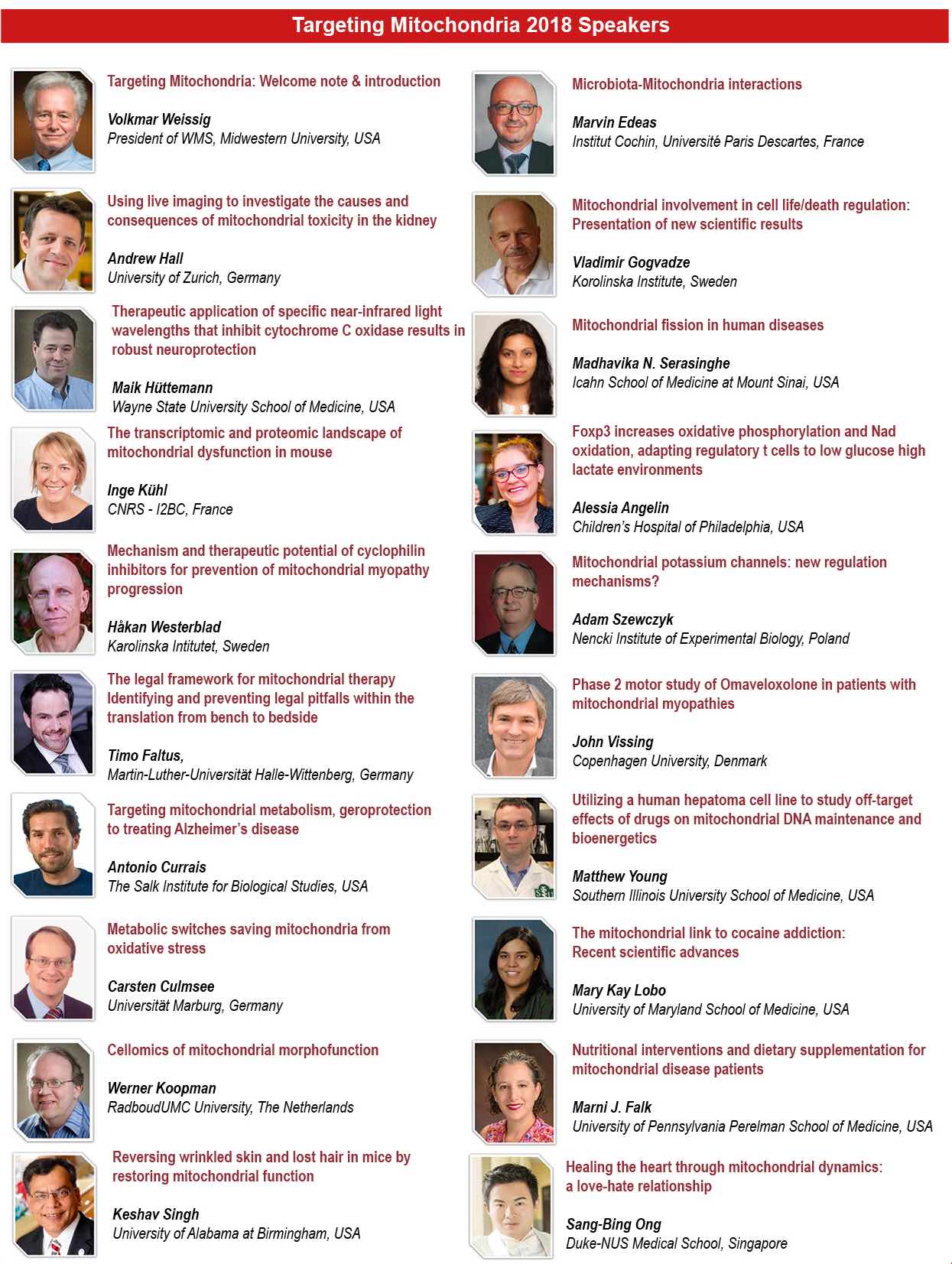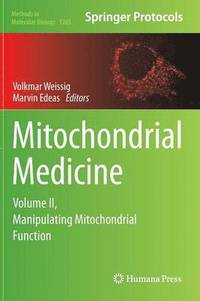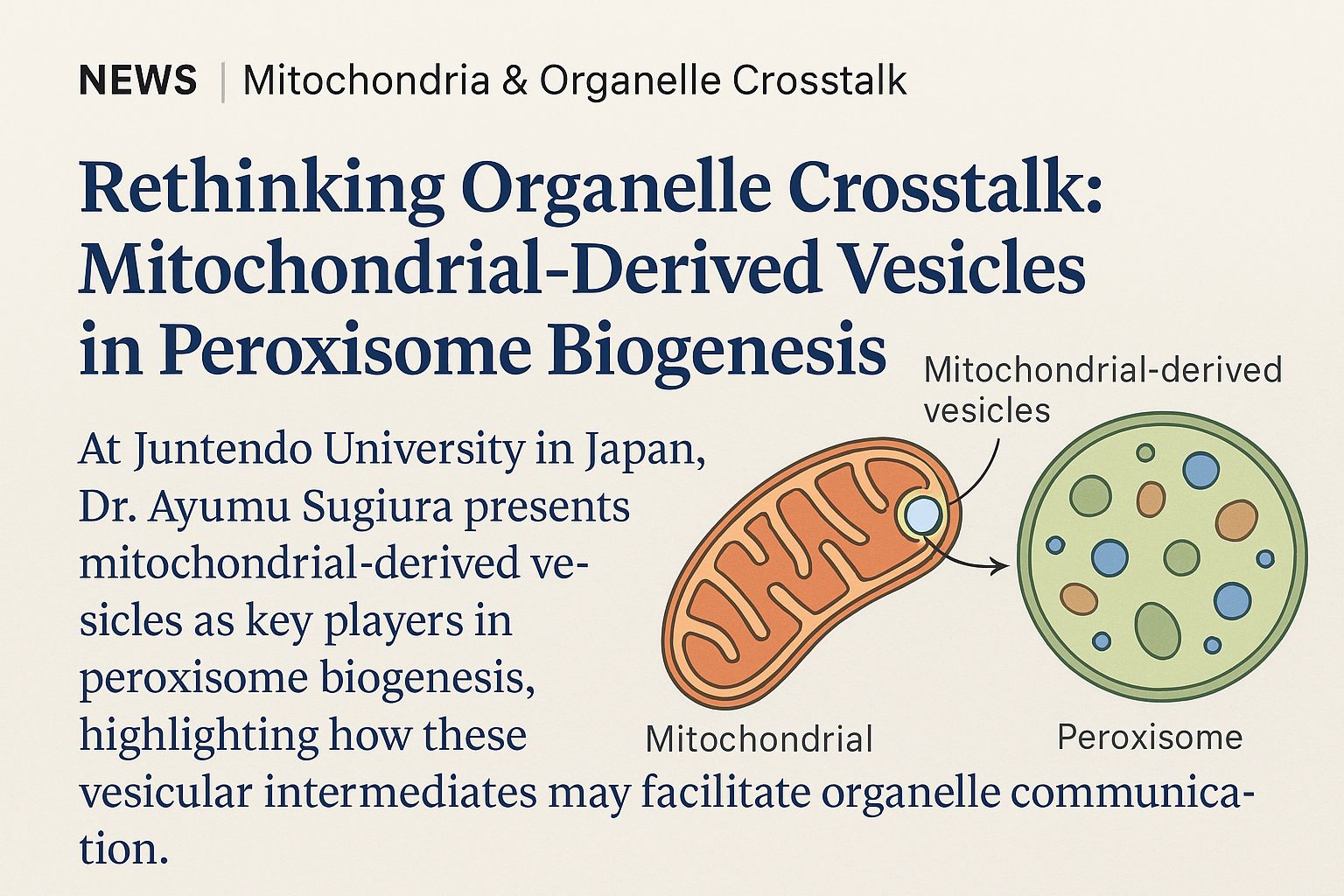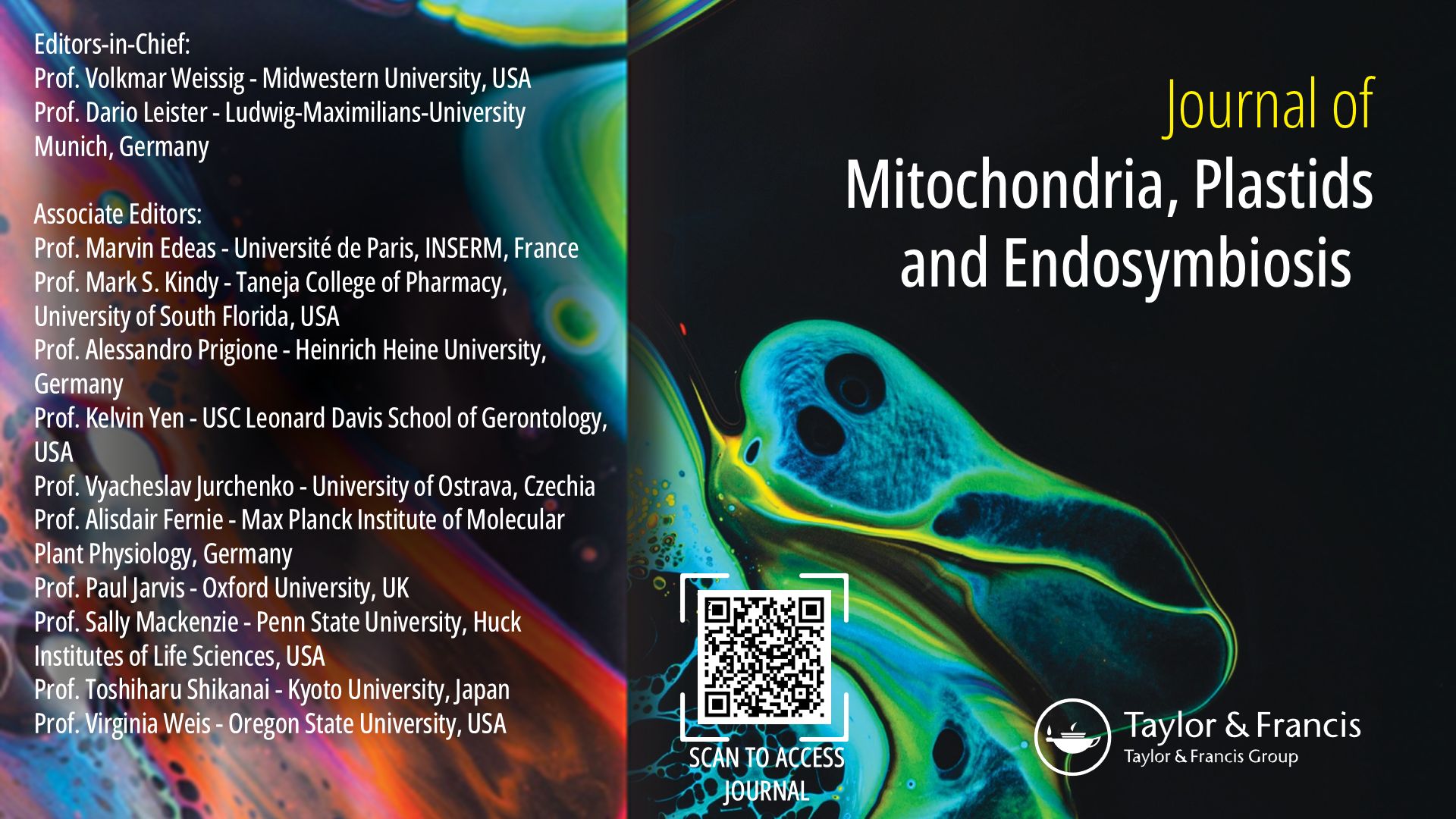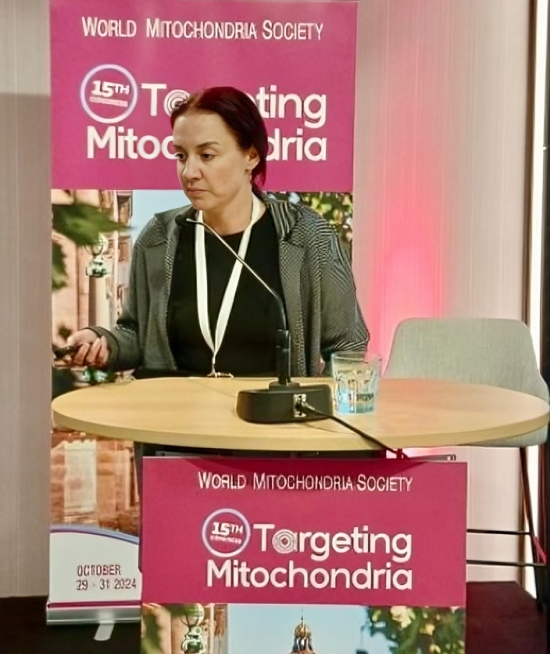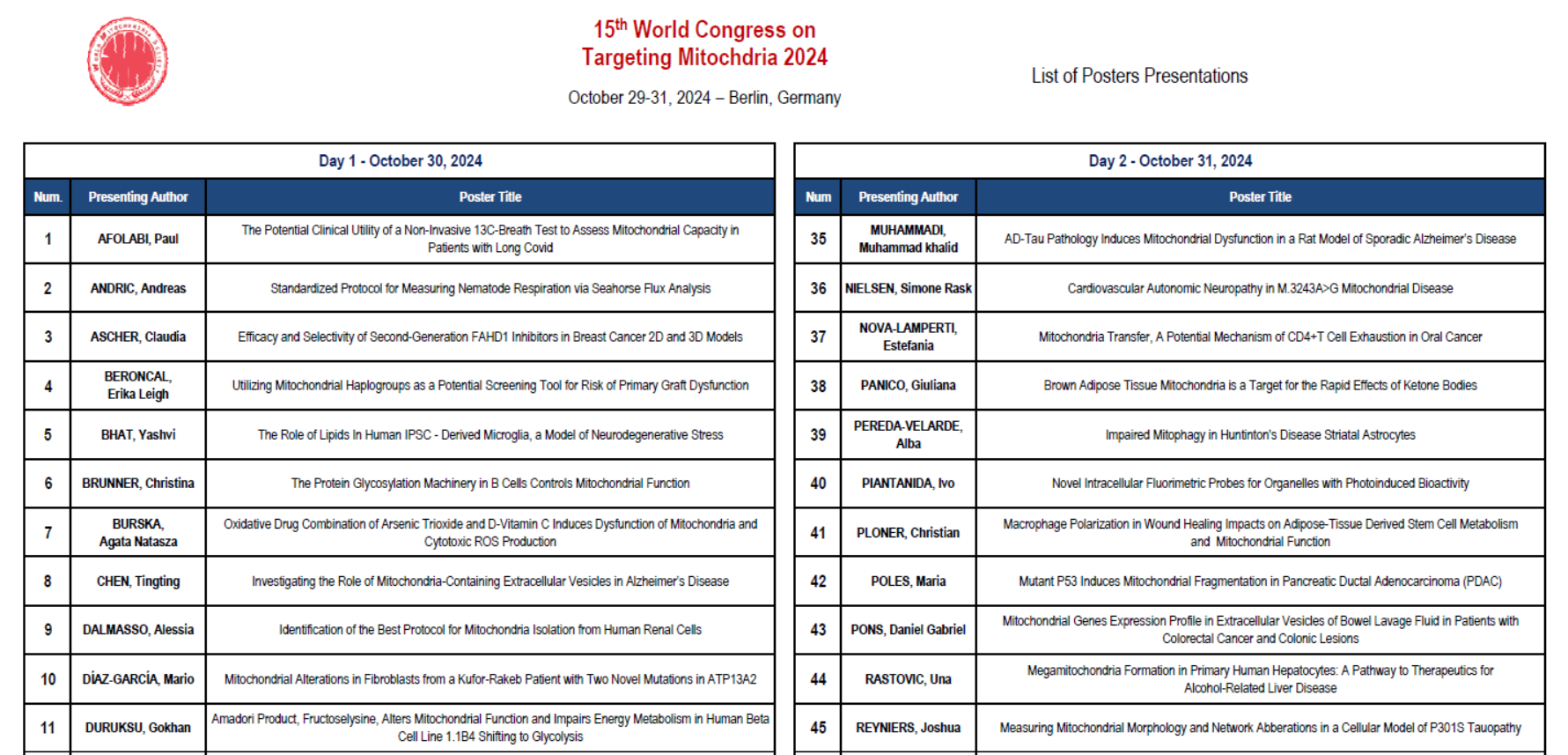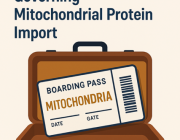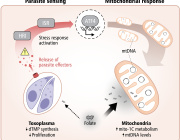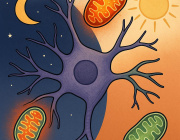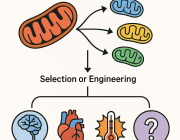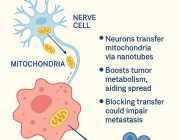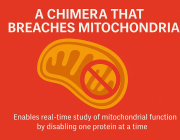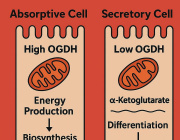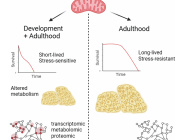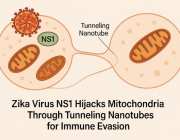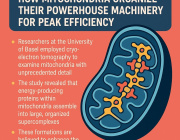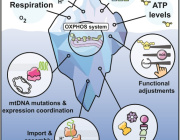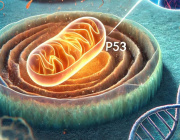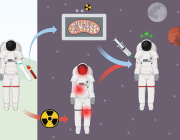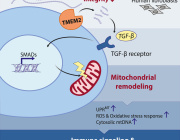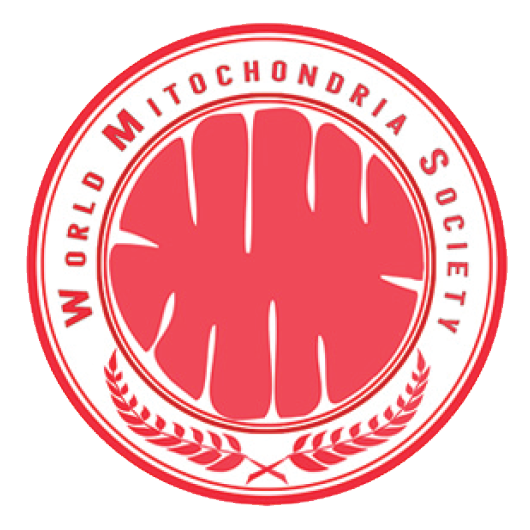Joomla! provides plenty of flexibility when displaying your Web content. Whether you are using Joomla! for a blog site, news or a Web site for a company, you'll find one or more content styles to showcase your information. You can also change the style of content dynamically depending on your preferences. Joomla! calls how a page is laid out a layout. Use the guide below to understand which layouts are available and how you might use them.
How to reach Steigenberger Hotel Berlin
1) From Berlin Tegel Airport (TXL) to Hotel
Click here for the Itinerary
2) From Airport Berlin Schoenefeld Airport to hotel
Click here for the Itinerary
3) From Berlin Hauptbahnhof train Station to Hotel: Click here for the Itinerary
Hotel booking
The Steigenberger Hotel Berlin is located in the center of the City West – only a 5-minute walk from Kurfürstendamm. The Brandenburg Gate, the Reichstag and Checkpoint Charlie can be reached within 20 to 25 minutes using public transport.
You'll be amazed by the outstanding design when you enter any of the 398 rooms and suites. Equipped with air-conditioning, minibar, Nespresso coffee machine, flat-screen TV with Sky and safe: you're sure to enjoy a relaxing stay in Berlin.
 |
Book your room at Steigenberger Hotel Berlin with special rate
You can select between two categories:
 |
 |
- Superior Room - 149€ / Night - Special rate for Mitochondria 2018
Feel at home straightaway in our 22 to 24sq.m. Superior Rooms with a view to the hustle and bustle between Kurfürstendamm and Los Angeles Square or to the quiet inner courtyard.
Fully equipped bathroom with bathtub or shower, individually controlled air conditioning, complimentary Wireless High Speed Internet (HSIA), complimentary bottle of mineral water during the stay, complimentary tea and coffee making facilities, flat screen.
- Deluxe Room - 179€ / Night - Special rate for Mitochondria 2018
The Deluxe Rooms with a size of 24 to 26sq.m. on the 5th and 6th floor are rooms for relaxation with a modern design and a view to the quietly situated park of the Los Angeles Square.
Fully equipped bathroom with bathtub, bathrobe & slippers, individually controlled air conditioning, complimentary Wireless High Speed Internet (HSIA), daily complimentary bottle of mineral water, complimentary tea and coffee making facilities, Nespresso machine, welcome treatment from the General Manager, discount voucher for shopping at the Galleries Lafayette, daily newspaper, turn down and shoe shine service, large flat screens.
Book your room with special rate here
(Number of rooms is limited)
OR
|
To book your room with normal rate, please contact directly the hotel: |
Targeting Mitochondria 2020 - Final Agenda
Wednesday, October 28, 2020 Mitochondria Workshop 2020 How to Evaluate Mitochondria Function? - Online Workshop - |
|---|
|
Introduction of Targeting Mitochondria Workshop Workshop by Naïg Gueguen, PhD, Mitovasc Institute, Mitolab team,
INSERM 1083, CNRS 6215, Centre Hospitalier Universitaire d’Angers, Angers, France Session 1: Bioenergetics. Metabolism, mitochondrial respiration rates, ATP synthesis, mitochondrial membrane potential and respiratory chain activities. Session 2: Mitochondrial biogenesis, dynamics and mitophagy Session 3: Biochemical diagnosis of mitochondrial diseases
For full agenda, registration and information, please follow this link |
Thursday, October 29, 2020 Targeting Mitochondria 2020 Agenda - Day 1 - |
|---|
|
Introduction of Targeting Mitochondria 2020 Welcome Note of Targeting Mitochondria 2020 |
|
Session 1 - Recent Advances on Mitochondrial Dysfunctions and
|
|
Roles for mitochondrial dysfunction in Alzheimer’s disease FBXL4 Deficiency leads to increased clearance of Mitochondria Down Syndrome: Role of hydrogen sulfide overproduction in the pathogenesis of mitochondrial dysfunction Mitochondrial dysfunction in autism is distinct from mitochondrial disease Mitochondrial disease community registry (MDCR): Perspectives from patients and families, lessons learned from the data |
|
Session 2 - Extracellular Mitochondria:
|
|
The Cell-free respiratory competent mitochondria in blood: Strategic role and application Mitochondria and microbiota dysfunction in COVID-19 pathogenesis |
|
Session 3 - An update: The Challenge of Qualitative and Quantitative Assessment of Mitochondrial Function in vitro and in vivo
|
|
The Challenge of Qualitative and Quantitative Assessment of Mitochondrial Function in Vitro And in Vivo: What We Know in 2020? Mitochondria devices: New methods to detect mitochondria dysfunction Control of cellular bioenergetics by cytosolic calcium
Short Oral Presentations of Day 1: Use of the type 2 CRISPR-CAS system for human mitochondrial genome editing Impact of Tafazzin knockout on mitochondrial and cellular properties Retrograde signaling by an MT-DNA-Encoded non-coding RNA preserves mitochondrial bioenergetics Aralar sequesters GABA into hyperactive mitochondria causing social behavior deficits Alcohol induces mitochondrial dysfunction in human induced pluripotent Stem cell-derived three-dimensional Cerebral Organoids Overexpression of MitoNEET in osteoblasts leads to impaired bone mass and energy metabolism Diet-dependent gut microbiota modulates adult neurogenesis through mitochondrial stress modulation Mitochondrial dysfunction in skeletal muscle of a mouse model (OIM) of severe human osteogenesis imperfecta Aging-induced mitochondrial fission impairs germline stem cell maintenance via suppressing stemness signaling Inorganic polyphosphate and mitochondrial function in Alzheimer's disease Inhibition of mitochondrial calcium uptake protects against Erastin-induced ferroptosis Mitochondrial dysfunction underlies the comorbidity between Sporadic inclusion body myositis (sIBM) and other degenerative and age-related disorders Defining the ATPome reveals cross-optimization of metabolic pathways Modeling sporadic inclusion body myositis with fibroblasts Oxidized LDL and acetylated LDL are distinct in their effects on mitochondrial function in THP-1 macrophages DRP1 regulates nucleoid segregation by modifying endoplasmic reticulum structure It takes two to tango: metabolic deregulation in the B cell compartment as driving force for altered B Cell function in HIV-1 infected individuals Proteomic analysis of HABP1 overexpression in murine fibroblast reveals altered redox signaling leading to mitochondrial dysfunction Diverse effects of mitochondrial Lon protease in the stress response of Caenorhabditis Elegans Understanding the molecular basis for ‘bizarre’ human mitochondrial tRNA recognition Heterogenous expression of DRP1 variants regulate mitochondrial dynamics in ovarian cancer Mitochondrial endonuclease g is important for tRNA THR processing and mitochondrial respiration |
| 18h30 End of the first day |
Friday, October 30, 2020 Targeting Mitochondria 2020 Agenda - Day 2 - |
|---|
|
|
|
Introduction: Variety of non-coding RNA imported and encoded in mitochondria Molecular mechanisms of ncRNAs transport into mitochondria: emerging approaches and potential gene therapy applications Nuclear-Mitochondrial Communication through microRNA Long non-coding RNA SAMMSON and beyond: uncoupling cytosolic and mitochondrial-translation as an effective anti-melanoma strategy Targeting long non-coding mitochondrial RNA for cancer therapy A mild pathology for a "bad" mutation in a noncoding mitochondrial RNA: homoplasmic tRNAPromutation causing exercise intolerance |
|
Session 5 - Strategies to Target Mitochondria:
|
|
Neurodegeneration and Mitochondria Enhanced axonal response of mitochondria to demyelination offers neuroprotection: implications for multiple sclerosis
Short Oral Presentations of Day 2: Mitochondrial transfer for the treatment of human diseases Transfer of mitochondria between airway smooth muscle cells in COPD Metabolic reconfiguration in human skin fibroblasts as a tool for personalized mitochondrial medicine Targeting the mitochondrial protein MitoNEET with NL-1 provides protection in cerebral ischemic re-perfusion-injury Low 3-Hydroxyisobutyrate (3-HIB) and high methylmalonic Acid (MMA) levels in plasma reflect increased hepatic fatty acid oxidation Liposomes and mesoporous silica nanoparticles non-covalently modified with triphenylphosphonium cation Mitochondria: A potential target for adaptation in Ladakhis Nuclear-mitochondrial communication involving miR-181C plays a pivotal role in cardiac dysfunction during obesity |
| 18:00 End of Targeting Mitochondria 2020 |
Poster Presentations Accepted (Posters ordered by the last name)
Proteins as a target of cardioprotective regulation in conditions of reduced mitochondrial oxygen consumption
Natalia Andelova, Center of Experimental Medicine SAS, Slovak Republic
NKT cells enhance the metabolic activity and flexibility of CD8+ T CELLS
Ann-Kathrin Baumgart, University Hospital Bonn, Germany
Papaverine and its novel derivative SMV-32 alleviate tumor hypoxia by inhibiting mitochondrial metabolism
Martin Benej, Ohio State University, USA
Mitochondrial DNA deletions in leukocytes of adult subjects with intellectual disability are more frequent than in healthy controls
Bengisu Kevser Bulduk, Institut d’Investigació Sanitària Pere Virgili (IISPV), Universitat Rovira i Virgili (URV), Spain
A hypomorphic mouse model identified FIS1 as a required protein for mitochondrial ultrastructure and function
Tiago Alexandre Branco Fonseca, Tiago Alexandre, University of Padova, Italy
Metabolic derangement in PKD1 mouse models are ameliorated by mitochondrial-targeted antioxidants
Nastaran Daneshgar, Nastaran, University of Iowa, USA
Comparison of mitochondrial sequences obtained by two sequencing methods: long reads (oxford nanopore technology-ONT) versus short reads (Illumina) sequencing technologies
Sophie Dhorne-Pollet, INRAE, France
Mitochondrial function in different forms of Anemia
Christine Fischer, Medical University Innsbruck, Austria
Mitochondrial spare respiratory capacity (SRC): A new predictive metabolic biomarker for aggressiveness of Acute Myeloid Leukemia
Quentin Fovez, UMR9020 (CNRS) - UMR-S 1277 (INSERM) - CANTHER, France
Role of mitochondrial inorganic polyphosphate in maintaining mammalian cell bioenergetics
Vedangi Devendra Hambardikar, Rutgers University, USA
Basal mitochondrial electron transport chain activity determines mitochondrial stress response and cell proliferation by molecular hydrogen
Tomoya Hasegawa, Nagoya University, Japan
Effects of O-GlcNAcylation on functional mitochondrial transfer from Astrocytes
Kazuhide Hayakawa, Massachusetts General Hospital, USA
Inhibition of cytochrome C oxidase activity by GIIA secreted phospholipase A2 may induce neurodegeneration
Adrijan Ivanušec, Jozef Stefan Institute, Slovenia
Cell-type specific and Myelin-dependent subcellular distribution of axonal mitochondria
Koen Kole, Netherlands Institute for Neuroscience, The Netherlands
Molecular hydrogen as signaling molecule and factor reducing hydroxyl radicals - review
Krzysztof Piotr Michalak, Adam Mickiewicz University of Poznań, Poland
Revascularization by CABG following non-st-elevation acute coronary syndrome is associated with myocardial increase in ROS
Ivan Mihanović, University of Split School of Medicine, Croatia
Mitochondrial biogenesis during differentiation of pluripotent stem cells toward cardiomyocytes
Sepideh Mostafavi, University of Bergen UiB, Norway
Mitochondrial transfer of mesenchymal stem cell derived-mitochondria to human T lymphocytes confers protection against apoptosis
Eliseo Parra, Universidad de Los Andes, Santiago, Chile., Chile
Brain mitochondrial respiration becomes deteriorated in female C3H mice during aging, but not in males
Pavel V. Pchelin, Privolzhsky Research Medical University, Russian Federation
Mitochondrial signature in human monocytes and resistance to infection in C. Elegans during fumarate- induced innate immune training
Celia Angélica Pérez Hernández, Instituto Politécnico Nacional, Mexico
SHETA2-mediated mitochondrial dysfunction induces caspase-independent cell death in cervical cancer cell
Rajani Rai, OUHSC, USA
Association between Hexokinases and Oxphos in KRAS mutated colon cancer tumours
Egle Rebane-Klemm, Tallinn University of Technology, Estonia
Use of WES in the genetic diagnosis of diseases with suspected mitochondrial involvement
María Elena Rodríguez-García, Instituto de Investigación Hospital 12 de Octubre (i+12), Spain
Oxidant/Antioxidant imbalance in lymphoblasts from amyotrophic lateral sclerosis patients with SOD1 mutations and unknown mutations
Filomena Sg Silva, CNC - Center for Neuroscience and Cell Biology, Portugal
Rewiring of AMPK-mediated lipid metabolism to augment apoptotic potency in pancreatic cancer using anti-mitochondrial therapy
Yong Teng, Augusta University, USA
Bedaquiline has neuroprotective properties in ischemia-reperfusion caused brain injury
Danielius Umbrasas, Lithuanian University of Health Sciences, Lithuania
Improvement of mitochondrial integrity following silicone explantation: Autoimmune/inflammatory syndrome induced by adjuvants (ASIA)
Charmaine Van Eeden, University of Alberta, Canada
Mitochondrial proteostasis requires genes encoded in a neurodevelopmental syndrome locus
Meghan E. Wynne, Emory University, USA
If your Poster presentation is not on this list, please contact us.
Who attended Berlin Mitochondria 2018 congress
The 9th World Congress on Targeting Mitochondria 2018 was held in Steigenberger Hotel - Berlin, Germany on October 23-25, 2018.
| Cydan II, Inc. Inception Sciences Canada Orion Corporation CuraFaktur GmbH & Co. KG Thermo Fisher Scientific Mitobridge-Astellas Novartis Dr. Willmar Schwabe Pharmaceuticals GlaxoSmithKline Pharmaceutical Nutricia Research H. Lundbeck PledPharma A Swiss Group AG Les Mikrogen Duke-NUS Medical School PledPharma Academic Medical Center Amsterdam Aix Marseille University Albstadt-Sigmaringen University Safarik University Center for Neuroscience and Cell Biology |
LUMC |





